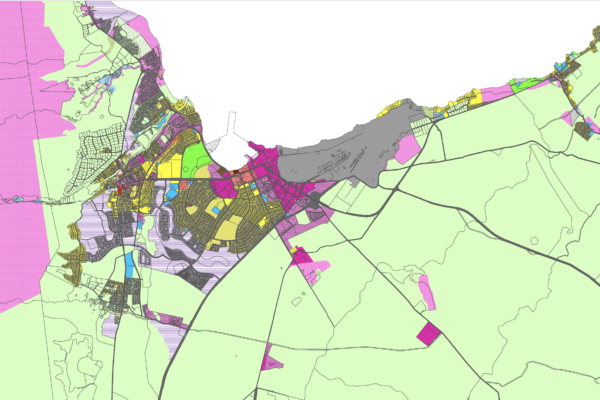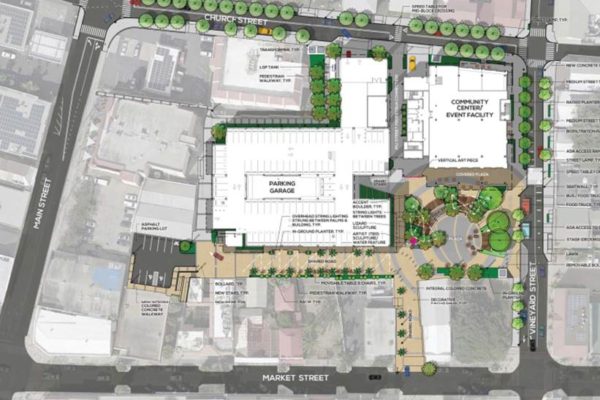From: Lucienne de Naie
To: Council Water Resources Committee
Re: WR-8 proposed amendments, Feb 28, 2012 meeting
Aloha Chair Victorino and Committee Members
You are considering four amendments to the the Water Availability bill today.
The public is still curious as too why these amendments are necessary.
Take amendment 1. It adds a substantially altered definition of “infill development” to section 14.01.040 of the bill.
• The existing definition of infill in the bill was just inserted ten months ago by all the folks of this same committee. It granted an exemption to projects that were infilling within already developed areas. This sounded sensible. What is being proposed now is confusing.
• The common definition of infill used in the building industry is :
“The use of vacant land and property within a built-up area for further construction or development, especially as part of a neighborhood preservation or limited growth program.”
• This recently amended language is now proposed to be changed further to completely redefine “infill” development in a way that defies the commonly accepted definition.
-
Gone from the proposed definition are the words “within already developed areas.” Is the intention to encourage a creation of a series of 10-lot subdivisions, wherever land is available in central, south and west Maui, whether water is available or not?
-
What was wrong with the definition of “infill development” you adopted 10 months ago?
-
How is this exemption really about infill development , if the development is not located within areas already developed?
-
Will there be a limit on how many 10-unit subdivisions a subdivider can receive final subdivision approval for without having a reliable source of water?
Please support this clearer definition language:
“Infill development” means a project composed of ten or fewer residential dwelling units on one or more contiguous vacant parcels within already developedareas in the service area of the departments’ central Maui water system or west Maui water system.”
Then there is Amendment 2. It refers to Section 14.12.020 Applicability and Scope.
-
The amendment proposes to exempt water source development agreements with private entities from this ordinance.
-
Once again, this appears to be confusing. What is the intent of this amendment and how does it serve the public interest? What will be the result? Is this a fair process?
-
Does it allow the County to approve some subdivisions from large landowners without any proven source of water, as long as there are private agreements that water will be developed some time in the future?
-
Would this amendment mean that private developers can enter into an agreement with the county to develop a water source and not be required to submit proof of a reliable long-term supply of water from that source, prior to subdivision approval?
-
Are Council members saying they support the County entering into private water agreements without basing that decision on an engineering report that has been reviewed and accepted by the Department of Health and commented on by the Director of Water Supply?
-
The Council is required to review and approve all water agreements the County makes to acquire water sources from private entities. Wouldn’t it make sense to have an engineering report that meets DOH standards to help inform those decisions and make sure the County was getting a reliable source?
-
We hear council members say they want to make sure that our new water sources are under public management. It seems that this amendment would lower the standards the county would use when bringing private sources into the system.
Please keep the scrutiny the existing bill provides and avoid amendments that change the intent of the ordinance. It is what the public expects.
Lucienne de Naie



